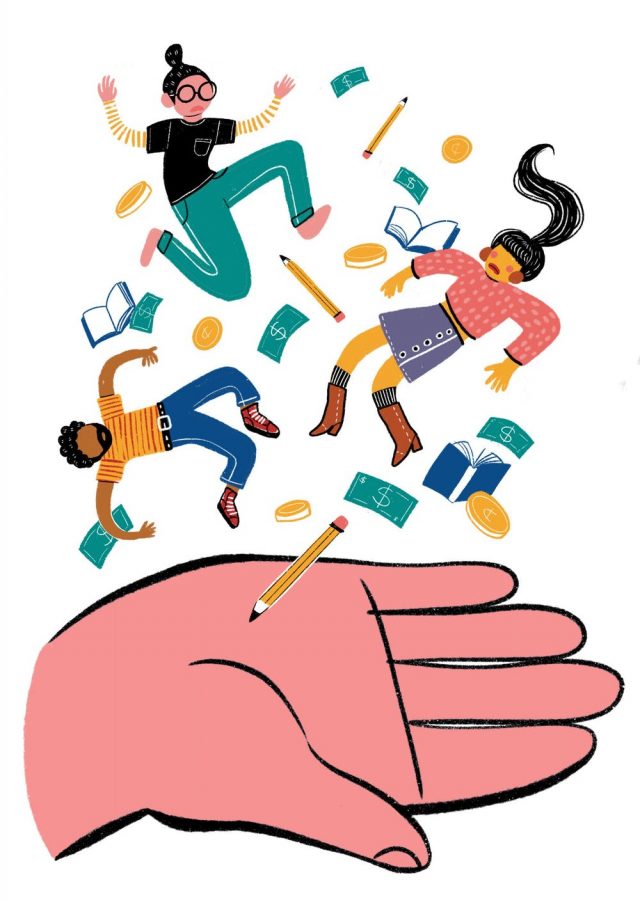The University of Minnesota is aiming to improve financial literacy among students in the state due to the lower FAFSA completion rates over recent years and concerns that students are choosing not to complete their degrees as a result of financial uncertainty.
The University has partnered with the Minnesota Department of Education, Minnesota Office of Higher Education and Minnesota State to enhance financial literacy programs and communicate the opportunities higher education can provide. As part of the P-20 Education Partnership, leaders will form a campaign designed to help resolve the uncertainties families and students may have about paying for college.
The University’s role in the partnership is to enhance and support these financial literacy initiatives academically and by contributing resources. The campaign is specifically targeting low-income students and families who may be discouraged from seeking further education and informing them of available resources and financial aid options.
“There’s all these very complicated issues around how you’re paying for your higher education and the sooner students and families understand that, the better able they’re going to be to select what kind of institution, both academically and financially, that they should focus on in terms of attending,” Robert McMaster, vice provost and dean of undergraduate education, said.
The University’s Board of Regents recently discussed the P-20 program, financial literacy and possible solutions for better informing students at their September meeting. The campaign around financial literacy will progress into action in spring 2022.
It has been common for students to start attending college their first year and drop out due to not being properly educated on the true cost of tuition, said Regent Mike Kenyanya. This leads to students obtaining debt without gaining the benefits of boosting their earning capabilities, he said.
“I always had the opinion that the absolute worst thing you could do is have someone come to the University, get debt and not get a degree,” Kenyanya said.
Stephanie Burrage, deputy commissioner of the Minnesota Department of Education, said their strategy for improving financial literacy includes providing easy access to information on their website. In addition, the department is sending out emails, engaging with different forms of social media and working with superintendents to reach students and families throughout the state.
The campaign is also aiming to bring attention to the cost of attending college, the overall process of applying for Free Application For Student Aid (FAFSA) and how to start planning and saving for college early, McMaster said.
Specifically, the P-20 partnership is working toward increasing the FAFSA completion rate by 5% each year, for the next five years. In Minnesota, the current FAFSA completion rate is about 53% which is “at the very low end of the curve” compared to the other states with completion rates in the upper 70s, McMaster said.
While the process of filling out the form can be complicated, completing the FAFSA is essential for students hoping to receive financial aid from the University, according to McMaster.
Overall, Kenyanya said the University is a “good central organization” that is able to help pool together resources and support statewide initiatives, such as the P-20 partnership.
“I think it’s super important to be upfront with people, have people know their resources, have people know the full cost of attendance, not just tuition, because we kind of get stuck on that sticker price,” he said.


















